
Introduction
Sialic acid-binding immunoglobulin-like lectins (Siglecs) are a family of transmembrane proteins able to recognize sialic acids, nine-carbon atoms sugars highly
Benedetta Girardi & Serge Perez

Sialic acid-binding immunoglobulin-like lectins (Siglecs) are a family of transmembrane proteins able to recognize sialic acids, nine-carbon atoms sugars highly
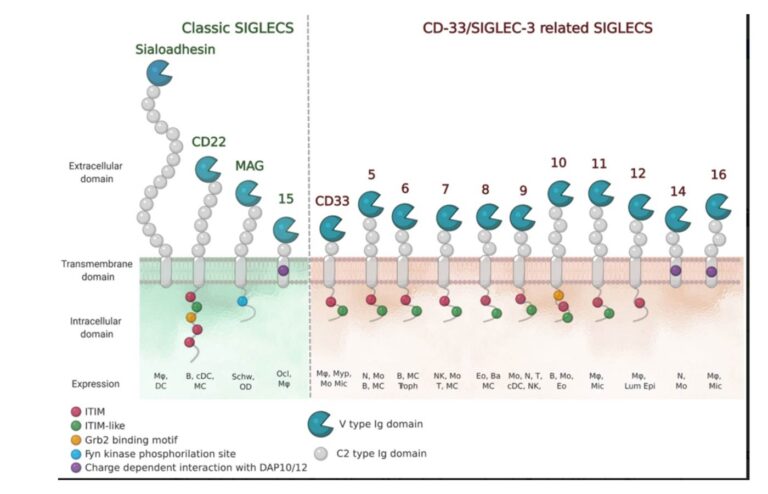
The numbering of Human Siglecs follows the order of their discovery. The representatives murine Siglecs that are not homologous to
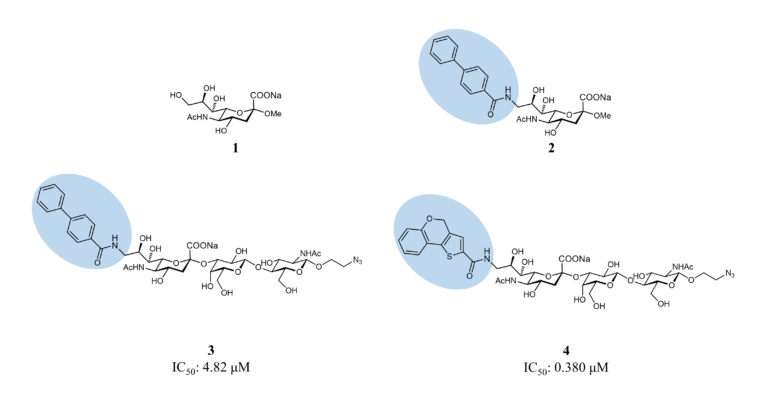
Sialoadhesin (also known as Sn, Siglec-1 or CD169) was one of the first proteins of the Siglec family to be
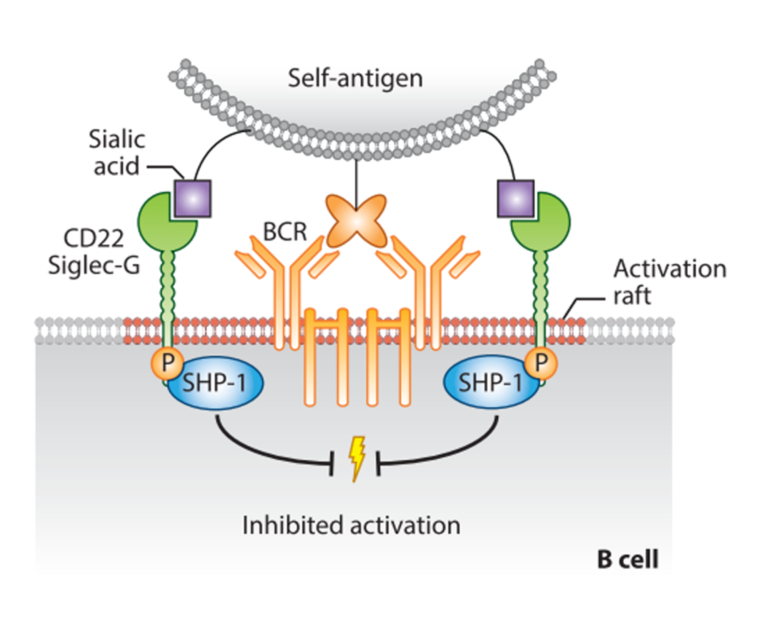
CD22 (Siglec-2) is one of the best described Siglecs. It is well conserved across mammals, and it is highly expressed
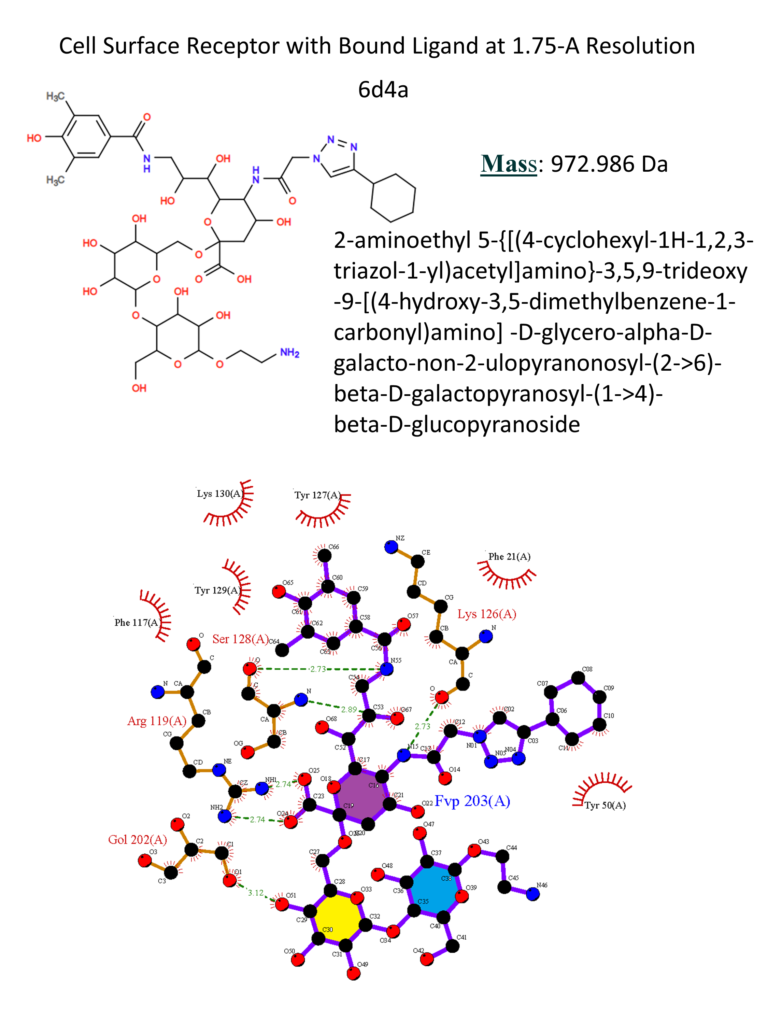
CD33 (Siglec-3) is one of the first Siglecs discovered, and it is the shortest member of the Siglecs family. The
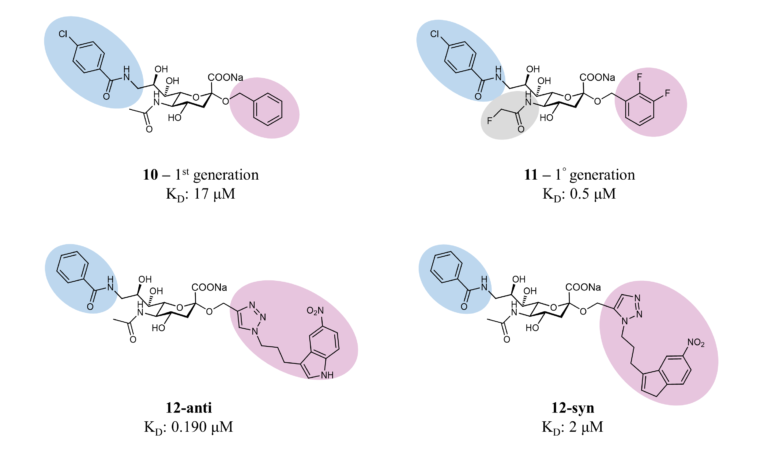
MAG (Siglec-4) is the most conserved among Siglecs and, unlike the rest, does not have any involvement in the immune
Siglec-5 and Siglec-14 are two members of the Siglecs family pair receptors. They occur on the same cells, playing different
Siglec-6 is a member of the Siglecs family expressed on mast cells, B cells, and, notably, on placental trophoblasts, where
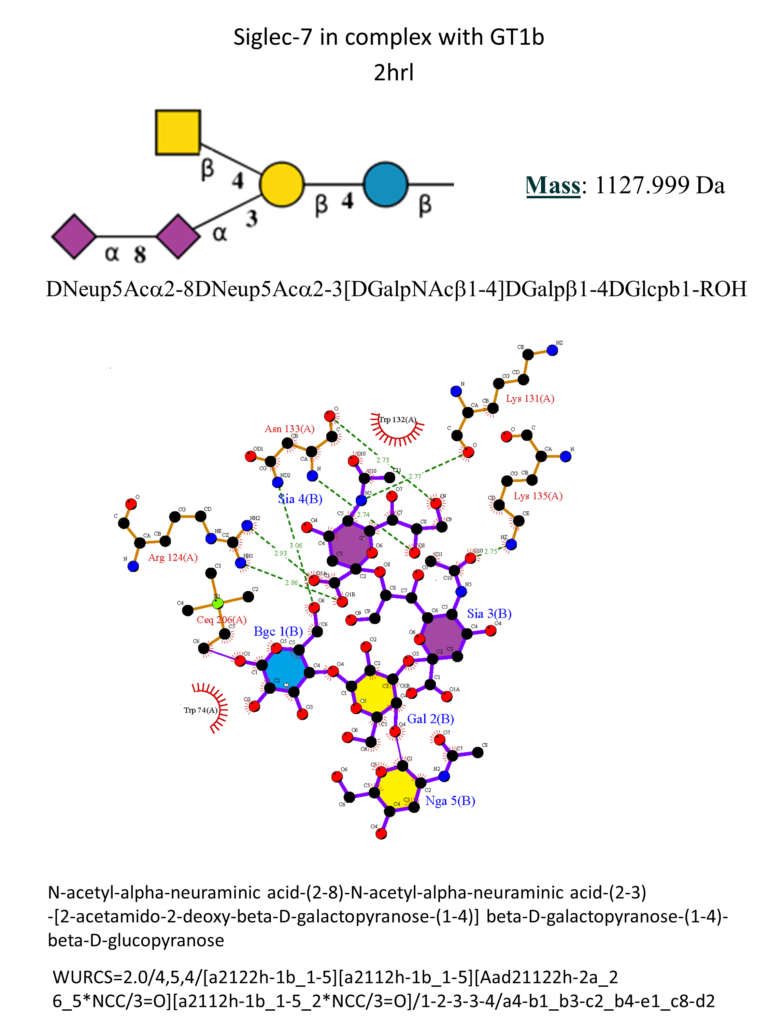
Siglec-7 (also known as p75/AIRM1 or CD328) is a human CD33-related Siglec, described as an inhibitory receptor primarily expressed on
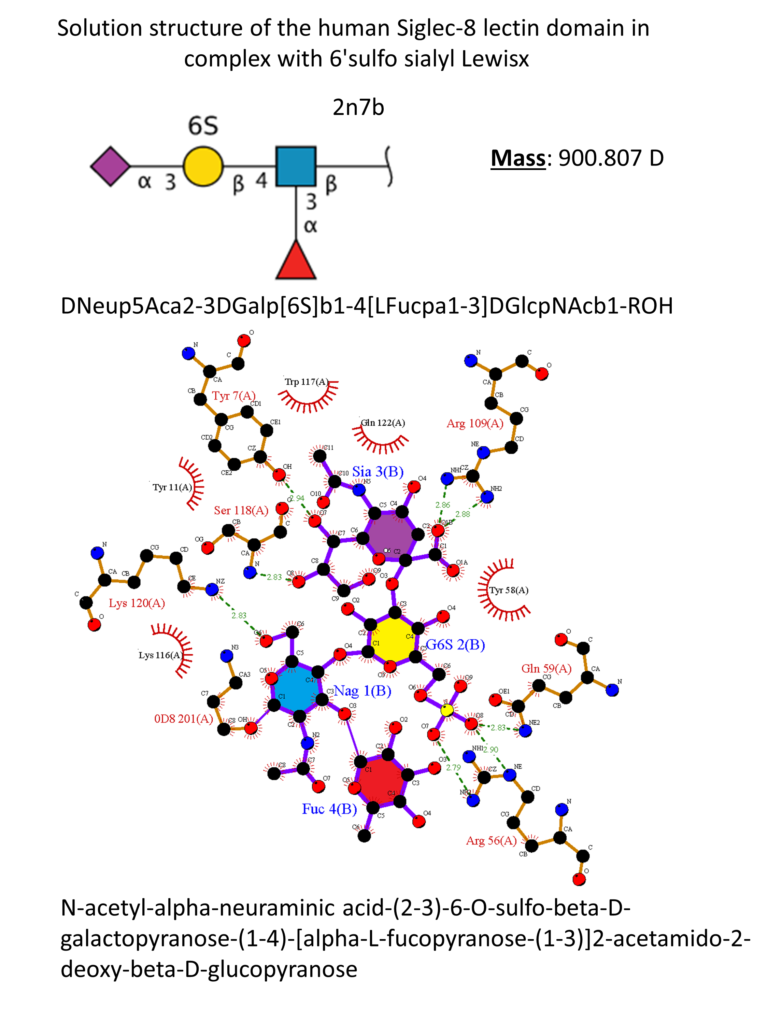
Siglec-8 was discovered around 2000 by two groups independently and identified as a Siglec protein exclusively expressed on eosinophils and
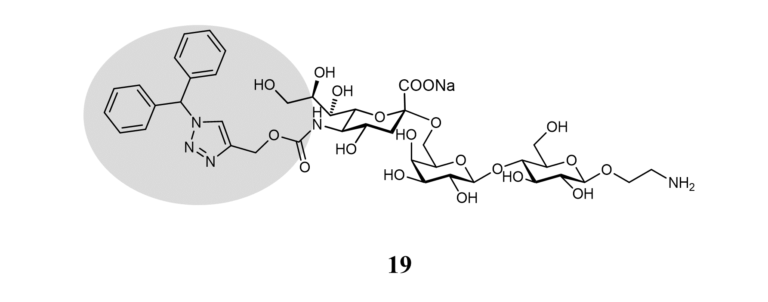
Siglec-9 occurs in human blood on neutrophils, monocytes, plasma cells and a subset of NK cells. It is an inhibitory
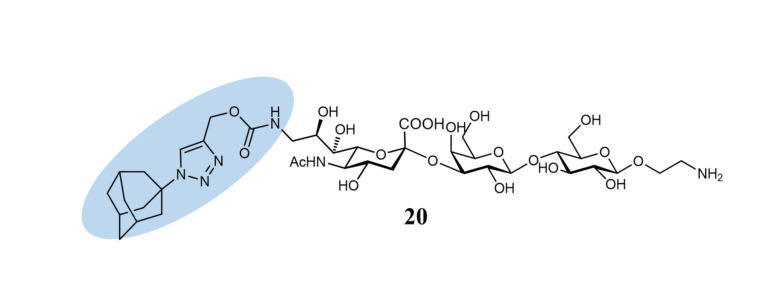
Siglec-10 is an inhibitory receptor expressed on B cells, dendritic cells and leukocytes. Its structure comprises five extracellular domains, two
As with Siglec-5 and Siglec-14, Siglec-11 and Siglec-16 form a pair of receptors with opposing functions: Siglec-11 is an inhibitory

Siglec-15 is a high evolutionary conserved Siglec, characterized in 2007. (Angata et al., 2007) It exclusively occurs on myeloid cells
The idea behind this chapter was to give a general and comprehensive overview of the most recent discoveries about Siglecs,
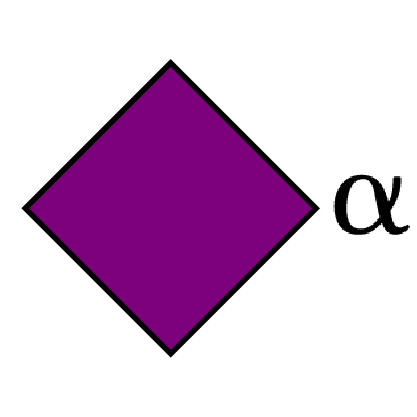
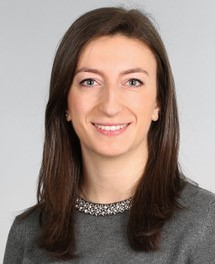
Benedetta Girardi Benedetta Girardi graduated in Pharmaceutical Chemistry and Technology at the University of Trieste (Italy) in October 2017. She